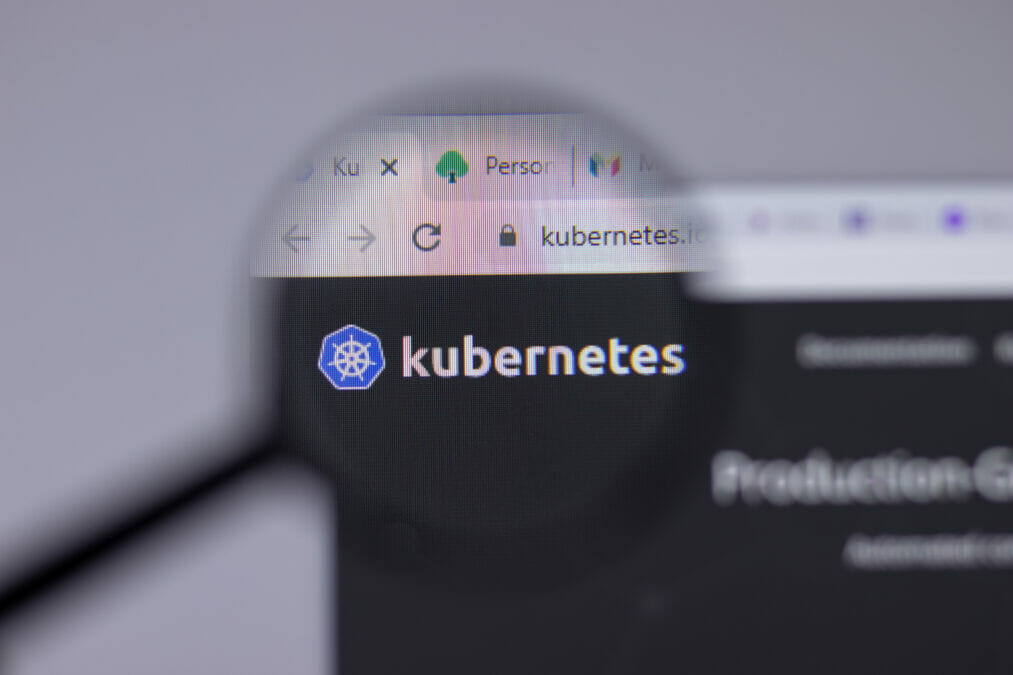One of the fundamental patterns for embracing a cloud-native approach is DevOps – the practice of automating the processes between software development and operations teams. As cloud-native is a way to bring innovation to market faster and transform enterprises, DevOps is the journey needed to align people, processes and technologies, providing unparalleled boosts to an organisation’s speed and efficiency.
The statistics speak for themselves – DevOps teams experience 200x more deployments, 2555x faster lead times, 24x faster recoveries from failure, 3x lower change failure rates and 22% less time spent redoing work. These improvements drive a continuous integration/continuous delivery (CI/CD) paradigm, where multiple teams of developers continually iterate on software in parallel, which in turn improves deployment time and cuts down errors. The result is a virtuous cycle, with efficiencies among the team driving CI/CD, which in turn pushes the team’s efficiency up.
DevOps vs Agile: pulling in the same direction in the enterprise
Additionally, cloud adoption is surging – the public cloud market is set to grow to $299.4 billion in 2020, and more than 63% of IT leaders already have a hybrid cloud infrastructure in place. So it shouldn’t come as a surprise that organisations are prioritising developing applications and processes to take full advantage of the benefits of cloud.
From an organisation’s perspective, a cloud-native approach to software development maximises agility through continuous deployment and enables applications to scale up without requiring significant changes.
DevOps is the cultural change needed to transition to cloud-native development
A DevOps transition involves realigning people, processes and technologies. It is designed to ensure everyone who shares in the life cycle of an application can work together seamlessly. In practice, this means that a successful adoption of DevOps needs to be accompanied by a shift in communication structures and culture. In fact, Gartner estimates that 90% of organisations that try to transition to DevOps without reforming their culture and structure will fail. Companies must be looking at the DevOps approach as part of a bigger cultural shift that breaks down the separation between developers, operations and business stakeholders.
The ultimate guide to DevOps: everything an enterprise needs to know
It’s easier said than done. To begin this change, companies need to encourage teams to look at how other departments are functioning in situ, open up the communication channels between the departments and tweak their processes to maximise efficiency. It might make sense to have your developers spend a few days with the operations team, watching a production rollout and learning what processes they go through, including tracking how many steps or service tickets it takes for a developer to request a new virtual system.
How cloud-native complements DevOps
In addition to the vast gains in efficiency generated among teams, a DevOps approach naturally complements the deployment of cloud-native technologies, such as containerisation and microservice architectures.
Containerisation allows applications to be made environment-agnostic and eliminates application conflicts between developers and operations teams, in turn allowing greater collaboration between developers and testers. Breaking down monolithic applications into constituent microservices also increases agility and creates a common toolset, terminology, and set of processes between development and operations teams, which makes it easier for these teams to work with one another. This enables the advanced automation of processes and contributes to an organisation’s move towards agile software development (defined by the continuous delivery of software created in rapid iterations). It’s important to stress that these technologies will only be successfully implemented if that cultural shift happens too, which is where embracing DevOps becomes key.
Making a successful transition
Going cloud-native is a gradual process and a learning experience. Most organisations have established IT environments that use on-premise applications. It’s unrealistic to expect organisations to suddenly align all their systems and platforms into a single architecture. While new applications can quickly be made cloud-native, transitioning existing applications is a longer process.
The key to a successful transition is via incremental steps. Companies should begin by migrating applications to the cloud first, either on-premise or off-premise. Next, they need to look at monolithic applications and assess which can be broken down into microservices, and then containerise workloads and establish container orchestration platforms.
The benefits of public cloud for businesses are undeniable
What needs to underpin these transitions is a DevOps culture. While changing what your personnel do on a day-to-day basis is, by its very nature, going to be disruptive, the best way to minimise this disruption is through transparency. As we’ve discussed, organisations need to encourage teams to look at how their counterparts are functioning and collaborating, but first they need to make the benefits of this transition clear to teams.
As with everything, context is key. The first (and arguably the biggest) step is to get teams to understand why they’re working towards a cloud-native environment, and help them see the benefits they – and the organisation as a whole – stand to gain.

[emailsignup]










